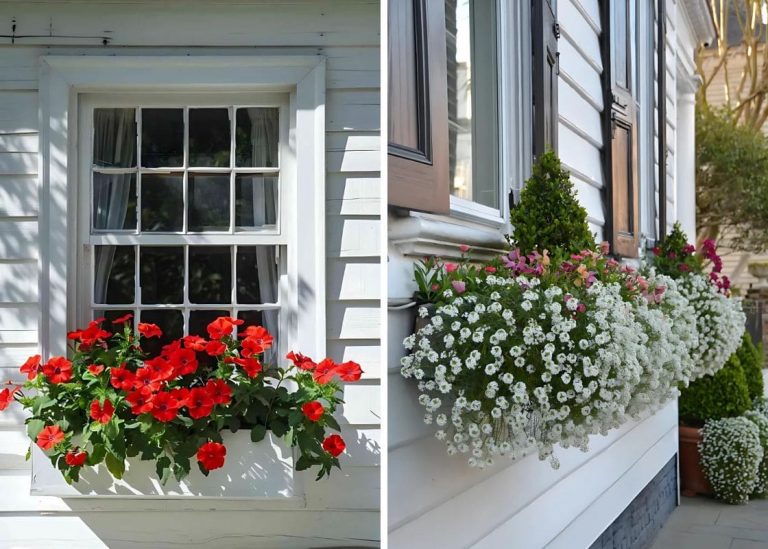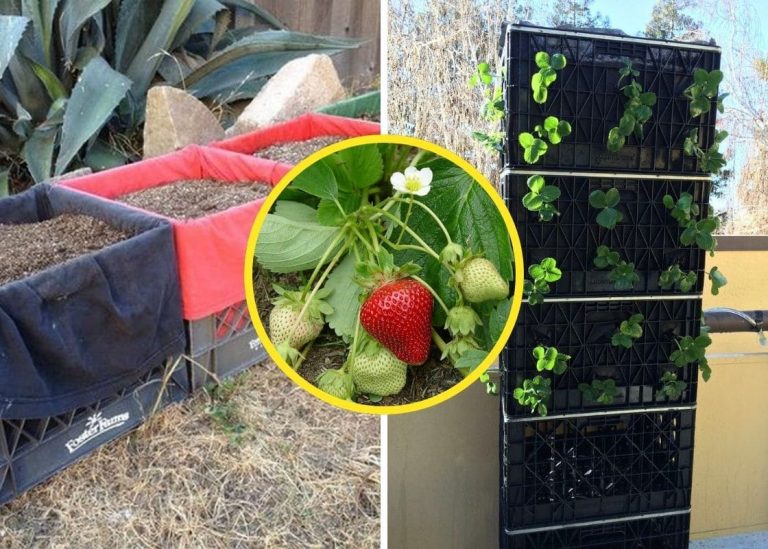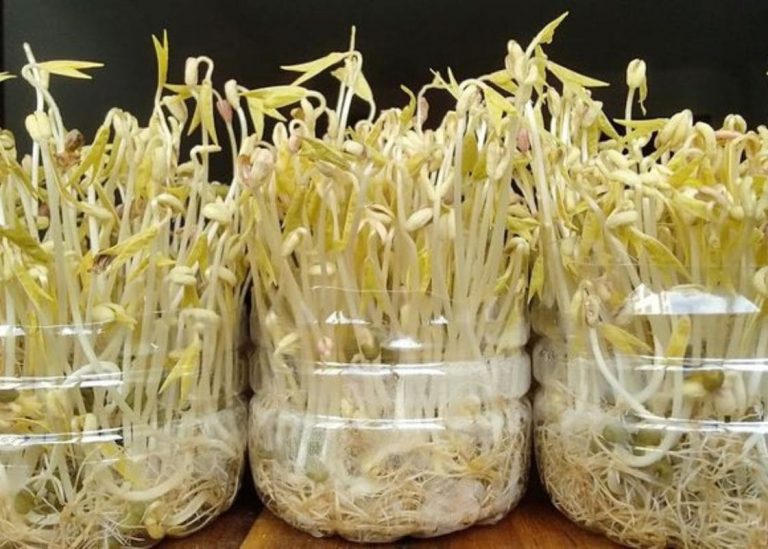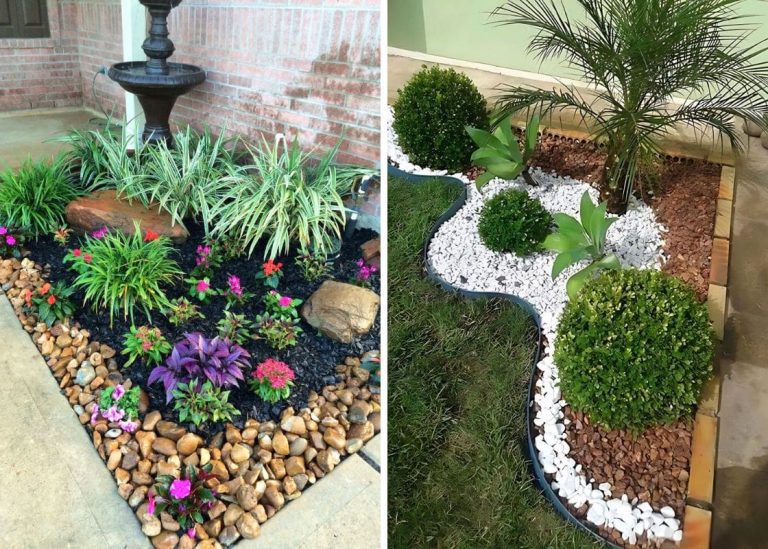How to Grow Dandelions on Purpose (and Why You’ll Love Them)
There was a time I spent hours battling dandelions, yanking them out with a stubbornness to match their own. Bent over the soil, tugging at roots that always seemed one step ahead of me, I saw them only as invaders—unwanted guests in my carefully planned garden.
That changed one spring afternoon when I paused, really paused, to watch a bee landing softly on a dandelion bloom. Its tiny legs dusted with golden pollen, its wings vibrating in the afternoon light. In that moment, the dandelions didn’t look like intruders. They looked like lifelines.
Since then, growing dandelions has felt less like losing a battle and more like joining a wilder, richer rhythm. They feed the soil, they feed the pollinators, and as I learned with time, they can feed us too—body and soul.
For those who wondered if they deserved more than a scowl, come with me. I’ll show you how growing dandelions with intention can turn a humble weed into a beloved part of your garden’s story.
Choosing the Right Spot for Growing Dandelions
Dandelions are tough—they’ll grow between sidewalk cracks if they have to—but giving them a cozy spot makes all the difference. The happiest dandelions grow where the sun is strongest, basking for hours without complaint.
Loose, well-drained soil works best, though honestly, they’re not picky. A slightly acidic to neutral pH makes them flourish even more. If you’re worried about them taking over your veggie beds (and they will, if you let them), try planting them in a raised bed, an old whiskey barrel, or a roomy container. It gives you the beauty without the chaos.
Planting Dandelion Seeds
Planting dandelions feels like setting a tiny spell in motion—one that doesn’t take much to succeed. Here’s how I like to do it:
-
Choose early spring or cool autumn days for sowing.
-
Scatter the seeds directly on the soil surface; don’t bury them. They need sunlight to wake up.
-
Press them gently into place with your palm or the flat of a trowel.
-
Keep the soil moist but not soggy until you see the first brave sprouts.

Under the right conditions—soft soil, moisture, temperatures between 50–77°F (10–25°C)—you’ll start spotting green shoots in just a week or two. If you’re growing indoors first, keep pots on a sunny windowsill and transplant outside once they’re strong enough to face the world.
Caring for Dandelions
Once they’re up, dandelions hardly need hand-holding. But if you want tender leaves for eating or vibrant blooms for bees, a little extra love goes a long way.
Keep the soil lightly moist, especially during dry spells. If you want sweeter, less bitter leaves (perfect for salads), watering them consistently is key.

A sprinkle of compost now and then will have them looking lush without much fuss. And pests? Apart from the occasional aphid, dandelions rarely throw tantrums. A quick rinse with water or a mist of neem oil usually sets things right.
Harvesting Dandelions
Harvesting dandelions feels a little like gathering pieces of sunshine. Every part has a story and a purpose:
-
Young leaves: Best in early spring before flowering, when they’re tender and mild. I love tossing them into salads with a splash of lemon.
-
Flowers: Harvest when they’re fully open and golden-bright. They’re wonderful steeped into teas, made into syrups, or even tucked into a loaf of sweet bread.
-
Roots: Dig them up in fall when the plant is storing its energy. Washed, dried, and roasted, they make a hearty, earthy tea that feels like an old country secret.

Every handful you gather brings a deeper connection—not just to the plant, but to the land itself.
Controlling Dandelions in the Garden
As charming as they are, dandelions know how to overstay their welcome if left unchecked. If you want a little order with your wildness, here’s what helps:
-
Deadhead flowers quickly before they form seed heads. Those fluffy white puffballs may look magical, but they spell hundreds of new seedlings if left unchecked.
-
Dig deep when removing a plant you don’t want. Dandelions store strength in their taproots, and a half-hearted tug will only encourage them to come back twice as determined.
-
Use containers or raised beds if you want full control without losing any of their gifts.
Gardening with dandelions is a bit like dancing with the wind—you learn to move with it, not against it.
Final Thoughts
Growing dandelions isn’t an act of giving up. It’s an act of seeing clearly—recognizing the beauty in resilience, the magic in what others call weeds. These little bursts of gold connect us to bees, to butterflies, to old ways of healing and new ways of thinking.
Plant a few dandelions. Let a little wildness in. They’ll give you more than food or color. They’ll offer you a reminder: that the wild things, the stubborn things, often have the most to teach us.







